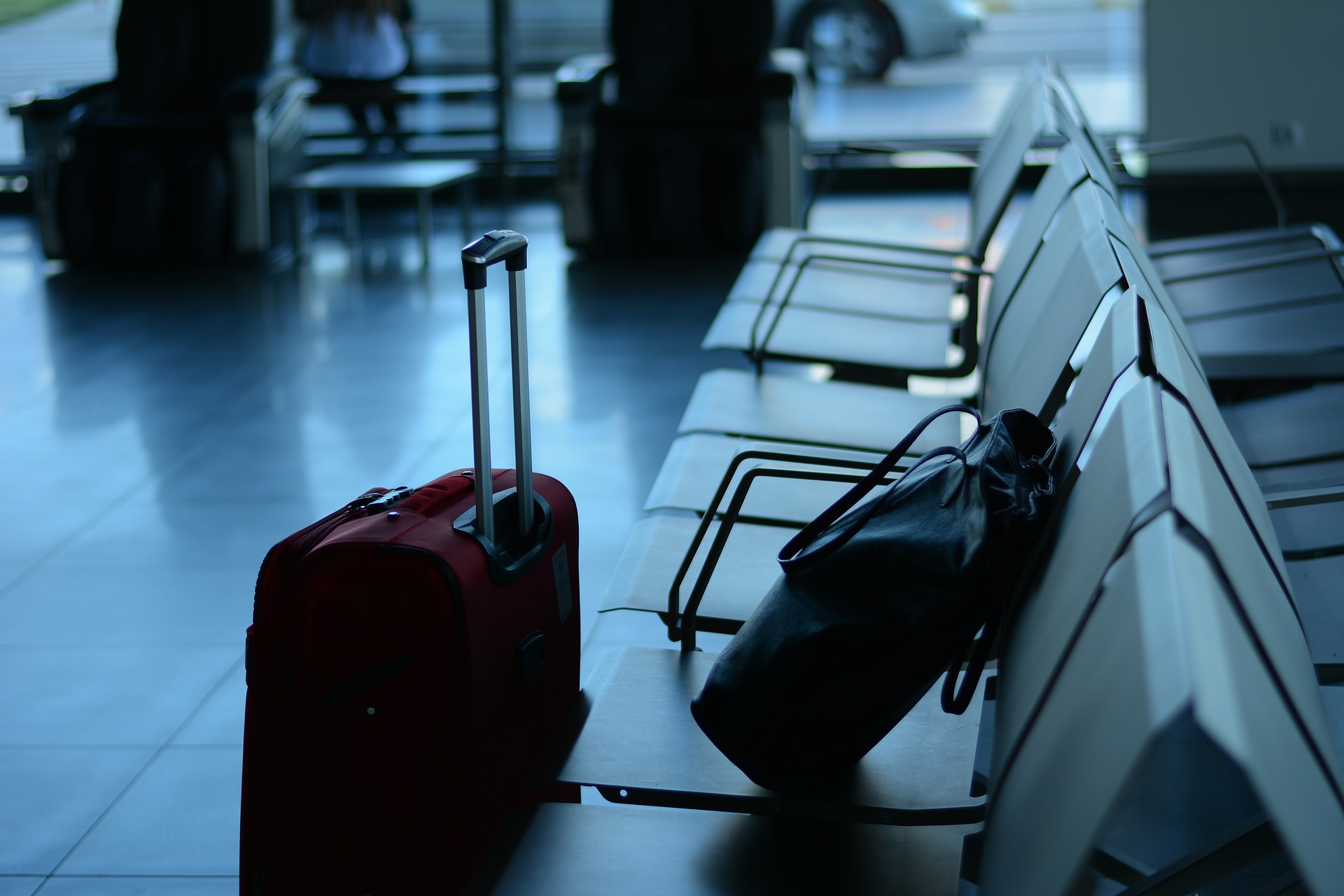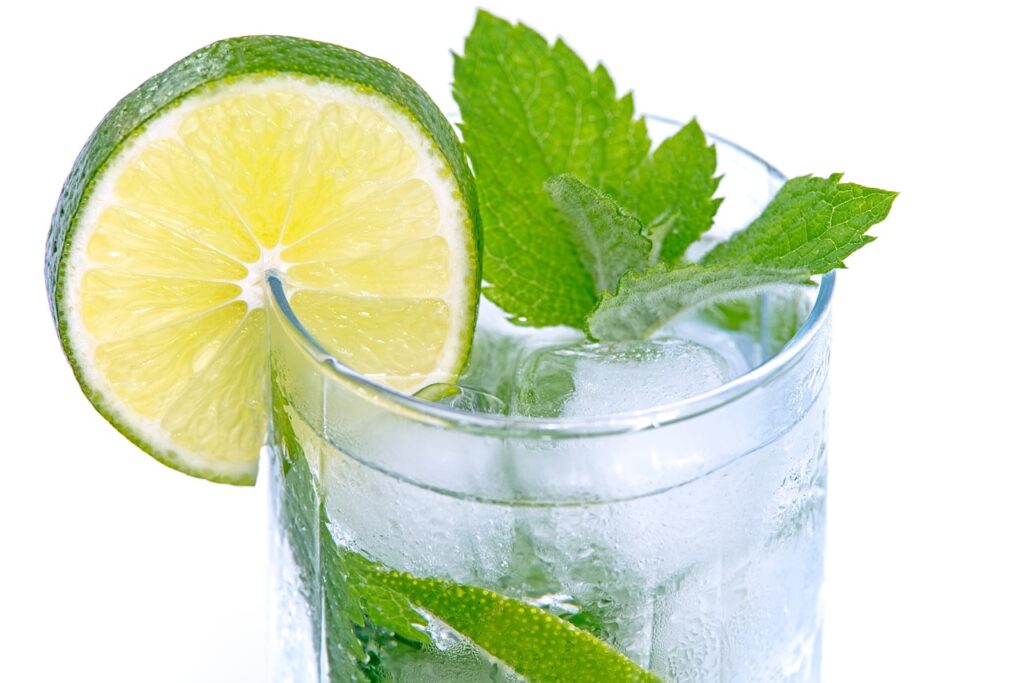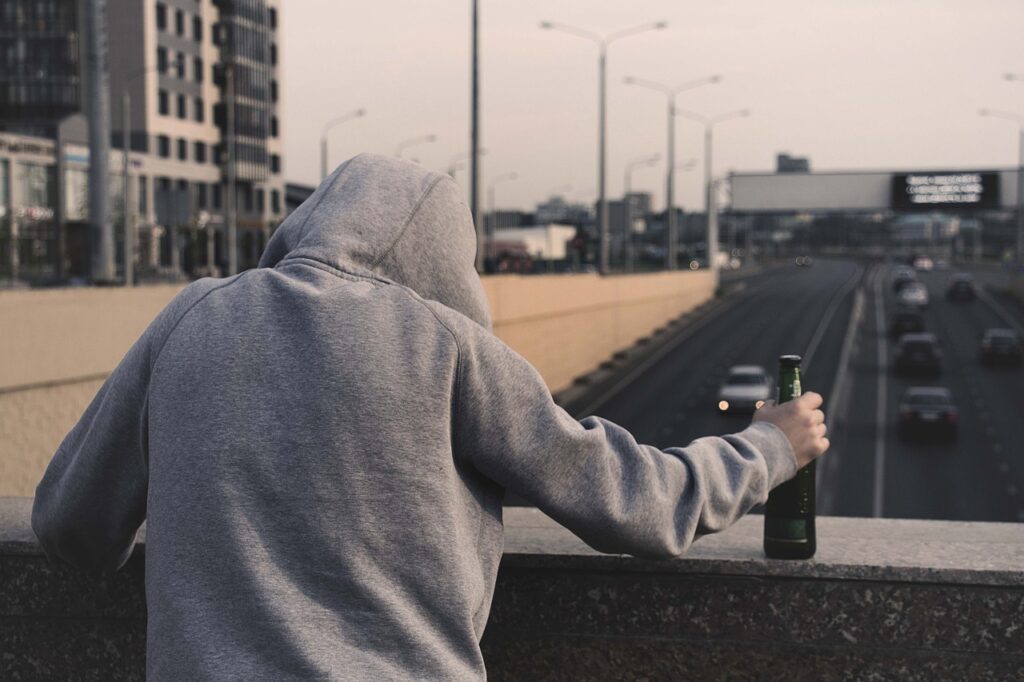Which countries welcome tourists? And do you have to go into quarantine? The most popular countries in a travel check.
France
France has also greatly relaxed its Corona measures. Since June 20, the curfew has been lifted. Restaurants, cafés and bars are allowed to reopen their indoor areas with an occupancy limit in addition to their outdoor areas. Museums, cinemas and theaters are also allowed to operate again.
Are the borders open, and – if so – how can one enter? Entry from countries which France classifies as “green” is possible without any particular reason for travel. The entire Schengen and European area, to which Austria belongs, is considered green, so you can enter freely. For other countries, different testing and quarantine rules apply if they are classified as green, orange or red, depending on the corona situation.
Do I have to go into quarantine after entering the country? Those entering from the Schengen/European area do not have to go into quarantine. However, all entrants – with the exception of border crossers, vaccinated and convalescent persons – must present a negative antigen test, which must not be older than 72 hours. Equivalent proof is proof of complete vaccination status or proof of recovery from Covic 19 infection no more than six months old. Those entering from orange countries such as the U.K. and U.S. need a compelling reason, a negative test and must be in quarantine for seven days. When entering from countries classified as red, even vaccinated persons must present a negative test.
Are hotels, vacation rentals and restaurants open? Hotels, vacation rentals and campgrounds are open, as are restaurants (including indoor ones) – albeit with occupancy regulations.
What attractions are open to tourists? Museums, cinemas, theaters, concert halls and opera houses are open with restrictions. Parks and beaches have been open without restrictions for some time. As of June 30, pop and rock concerts are also allowed again. Discotheques and dance halls are closed for the time being.
Is there a mask obligation? On Jun 17, the basic requirement to wear mouth-nose protection outdoors was lifted, unless special circumstances such as queues or other crowds or at outdoor markets continue to require this precaution. Throughout the country, mouth-to-nose protection is mandatory on public transport, in cabs and in enclosed public spaces, such as stores, banks, hotels or market halls. A violation in public spaces is punished with 135 euros.
Do I have to go into quarantine when I return to Austria? 3-G detection requirement, no registration or quarantine. If no proof is available, registration must be carried out and a test must be carried out immediately, but in any case within 24 hours of entry.
Sweden
Sweden’s comparatively less restrictive approach to the Corona crisis has received much international attention from the start. The country generally relies on behavioral recommendations issued by the government health authority Folkhälsomyndigheten and imposes mandatory restrictions only sporadically. Stores, hotels and restaurants generally remained open throughout the period. Only in cases of non-compliance with important hygiene measures can there be isolated cases of temporary closures until adjustments have been made.
While public life thus experienced few restrictions from an official point of view, in practice it nevertheless functions with restrictions. The recommendations of the health authority are generally respected, although sometimes rather inconsistently in view of the certain individual room for interpretation. Since January, masks have been compulsory on public transport at rush hour, but this is inconsistently followed and not enforced with sanctions. The situation may be subject to short-term changes, however, as a provisional pandemic law has come into effect in Sweden, allowing for more restrictions.
The number of intra-European air connections is still limited. Ferry connections to Germany are functioning. From Switzerland’s perspective, Sweden is considered a risk country. This means that travelers entering Switzerland must quarantine themselves under the relevant requirements of the FOPH after a prior stay in Sweden.
For foreign travelers in Sweden, the same recommendations apply as for nationals, i.e. keeping your distance, hand hygiene and so on. The latest information for foreign visitors in connection with Covid-19 is provided by Visit Sweden on its website in various languages. The health authority’s general recommendations, including those for domestic travel, are available in English on its website. The Swedish government maintains a FAQ page on border issues.
Are the borders open? For citizens of EU and Efta countries, Swedish borders have remained open the entire time, and continue to do so. For entry, an EU Covid vaccination passport must prove complete vaccination or survived illness, otherwise a negative test result is required. Both PCR and antigen tests are allowed, but they must not be older than 48 hours (details here). The result must be documented in Swedish, Danish, Norwegian, French or English.
Children and adolescents are exempt from the requirement. Further, the recommendation is to be retested upon arrival, remain in self-isolation on it for the first 7 days of stay, and retest after 5 days. Other travelers are provisionally banned from entering the country until the end of August.
What are the restrictions? Officially, few. Sweden generally relies on behavioral recommendations, not bans. However, since the beginning of January there is a general obligation to wear a mask on public transport at rush hour. Local authorities can impose stricter requirements depending on the situation.
What attractions for tourists are open? As of July 1, public life has been further opened. Outdoor areas now have upper limits of 600 and 3000 people for events (without and with fixed seating, respectively), while indoor areas have upper limits of 50 and 300 people. For stores, fitness centers and indoor swimming pools, upper limits apply depending on the area. National parks are accessible; detailed information on the corresponding website. Visits to restaurants are only possible in small groups. Serving of alcohol generally ends at 10 p.m., and after 10:30 p.m., only take-out food is available.
Is there a mask requirement? The health authority recommends wearing a mask on public transport at rush hour and indoors. More stringent recommendations may apply locally. Furthermore, at the European level, masks are mandatory for air travel, including Swedish destinations.
Do I have to go into quarantine in Austria? 3-G detection requirement, no registration or quarantine. If no proof is available, registration must be carried out and a test must be carried out immediately, but in any case within 24 hours of entry.
Spain
Spain’s tourism industry suffered the worst slump in its history last year, with the number of visitors from abroad dropping 72 percent. Hopes for a quick recovery this year have evaporated as significant mobility restrictions and restrictions on social life remain in place across the country following the outbreak of the second Corona wave. However, the state of alert declared last October expired in May. The measures are now largely regulated on a regional basis.
Are the borders open, and – if so – how can people enter? Spain has opened its borders to tourist travel by almost all EU citizens. Since June 7, travelers have been able to enter without the previously mandatory PCR test. An antigen test, proof of complete vaccination or recovery from corona disease is sufficient. The only exception is that from July 1, travelers from the United Kingdom will again be required to show a negative PCR test when entering Spain. All air travelers must also fill out a health screening form on the Spain Travel Health portal, which generates a QR code that must be presented upon entry.
Spanish ports have reopened to cruise ships operating internationally. However, domestic Spanish public transportation (air, rail, road and sea) is still reduced.
Are hotels, vacation rentals and restaurants open? Some hotels have still closed their doors, but in the meantime it is easy to find accommodation. The nationwide mask requirement applies until you unlock your hotel room. In many restaurants, you have to order with a mask. It may only be removed for eating and drinking. The measures differ from region to region.
On the Balearic Islands, the night curfew has been lifted. There are restrictions on the opening hours of restaurants and stores. The number of people at gatherings, both public and private, is limited.
In Andalusia, for example, the ban on entering and leaving the country and the night curfew have been lifted. Opening hours for catering establishments and discotheques have been extended. However, there are still restrictions on the number of people in enclosed spaces and outdoors, and distance rules must be observed. For municipalities with high incidence levels, mobility restrictions and other restrictions may continue to be imposed.
In Catalonia, the following is currently in effect: nighttime curfews have been lifted. Gatherings are restricted in terms of the number of people. Certain restrictions on public life, such as restaurants, remain in place.
In Madrid, the night curfew has also been lifted. Gatherings in enclosed public spaces such as outdoors are restricted as to the number of people. It is recommended that meetings in private homes be limited to six people.
Which attractions are open to tourists? The major museums in most major cities are open again, and the parks are accessible. Beaches on the Atlantic and the Mediterranean, as well as on the Canary Islands and the Balearic Islands, are also open again.
Is there a mask obligation? There is a mask obligation in closed public spaces and in public transport. In public spaces, a mask must always be carried and worn in cases where a minimum distance of one and a half meters from non-household persons cannot be maintained.
Do I have to go into quarantine when returning to Austria? 3-G detection requirement, no registration or quarantine. If no proof is available, registration must be carried out and a test must be carried out immediately, but in any case within 24 hours of entry.
hp, surces: Austrian Ministry of Tourism and sozialministerium.at/picture: pixabay.com
This post has already been read 740 times!



